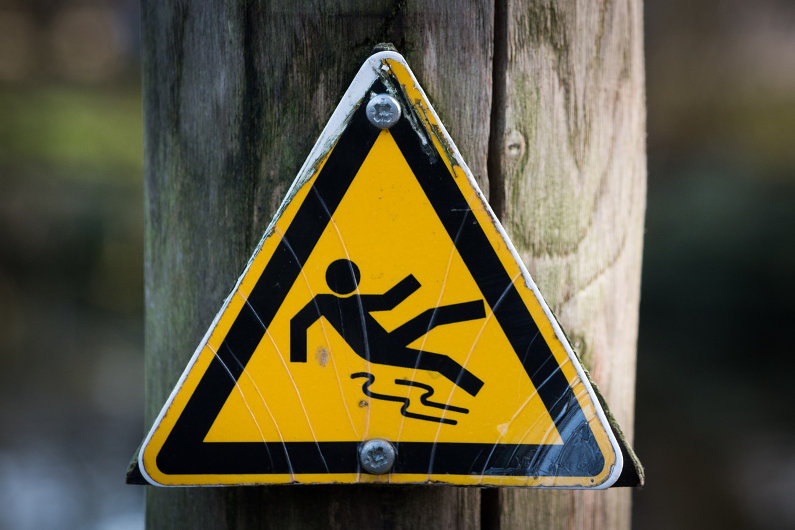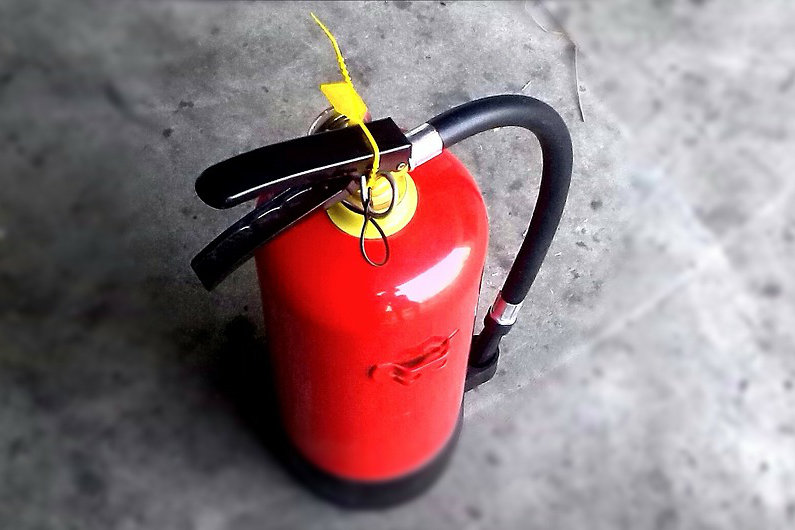Thousands of workplace accidents occur every day around the world. Sadly, many of these accidents could be avoided if proper safety procedures had been in place. Having proper safety procedures in place help keep your insurance and worker’s compensation costs down, and many risk management companies require certain safety procedures. Let’s look at the six steps to a safer workplace.

1. Post and Enforce Safety Rules
Every company needs to have defined safety rules that follow the industry and type of work that will be performed. These safety rules need to be enforced properly and equally among all employees, and proper levels of action should be listed and followed each and every time an infraction occurs.
2. Have a Break Policy
It is important that breaks are provided by the employer and taken by employees. The department of labor requires different paid and unpaid breaks throughout the day, and it is important that employees take these so they can remain focused on their work and be attentive to prevent accidents.
3. Report All Conditions/Accidents
Employees should report any unsafe conditions or accidents that they see, no matter how minor or severe, to the proper management as soon as possible. This ensures that management knows about all situations and can react accordingly. A page on the company intranet or a paper form should be readily available to all employees so they can easily and anonymously (if desired) report any safety concerns that need to be addressed.
4. Have a Fire Safety Plan
All employees should be aware of all fire exits in the building. Fire wardens should be appointed that can gather employees together and evacuate them from the building when the need arises. All employees should know the location of fire extinguishers and alarms, and know how to use them if the need were to arise. Companies should also consider performing annual fire drills and have a set goal of how fast employees need to evacuate the building in the event of a fire. Also, don’t forget to make sure to check and double-check the condition of your fire protection tools – having a plan is nice, but if your fire extinguishers and alarms didn’t work, all’s lost. Companies like fireprotectiononline.co.uk can help you in becoming well-equipped – just in case.

5. Keep First Aid Stocked and Available
Accidents do happen and it is important that first aid is readily available. The level of first aid you need will depend on the industry. For example, while an office may be fine with a few first aid kits and an AED staff trained in using it, a full factory may need eye wash stations, first aid trained individuals, and maybe even an onsite nurse or nurse triage. Nurse Triage services can provide 24/7 care advice in the event of an injury so you don’t necessarily have to go to the ER or Urgent Care.
6. Perform Drug and Alcohol Testing
Drugs and alcohol pose a huge safety risk to the workplace especially when driving or operating heavy machinery is involved. All companies should have their employees drug tested before being officially employed, and this drug testing should occur offsite at a licensed facility and be paid for by the company. Companies in dangerous industries should consider random drug testing if safety becomes an issue. Health Street offers a 12 panel drug test that covers all of the common street drugs and then some. Lastly, any time there is a serious accident and impairment is suspected to be a cause, a drug test should be performed.
No matter what practices you put in place to keep your workplace safe, consistency should be practiced and everyone should be informed and trained on company safety policies and procedures for best results.


